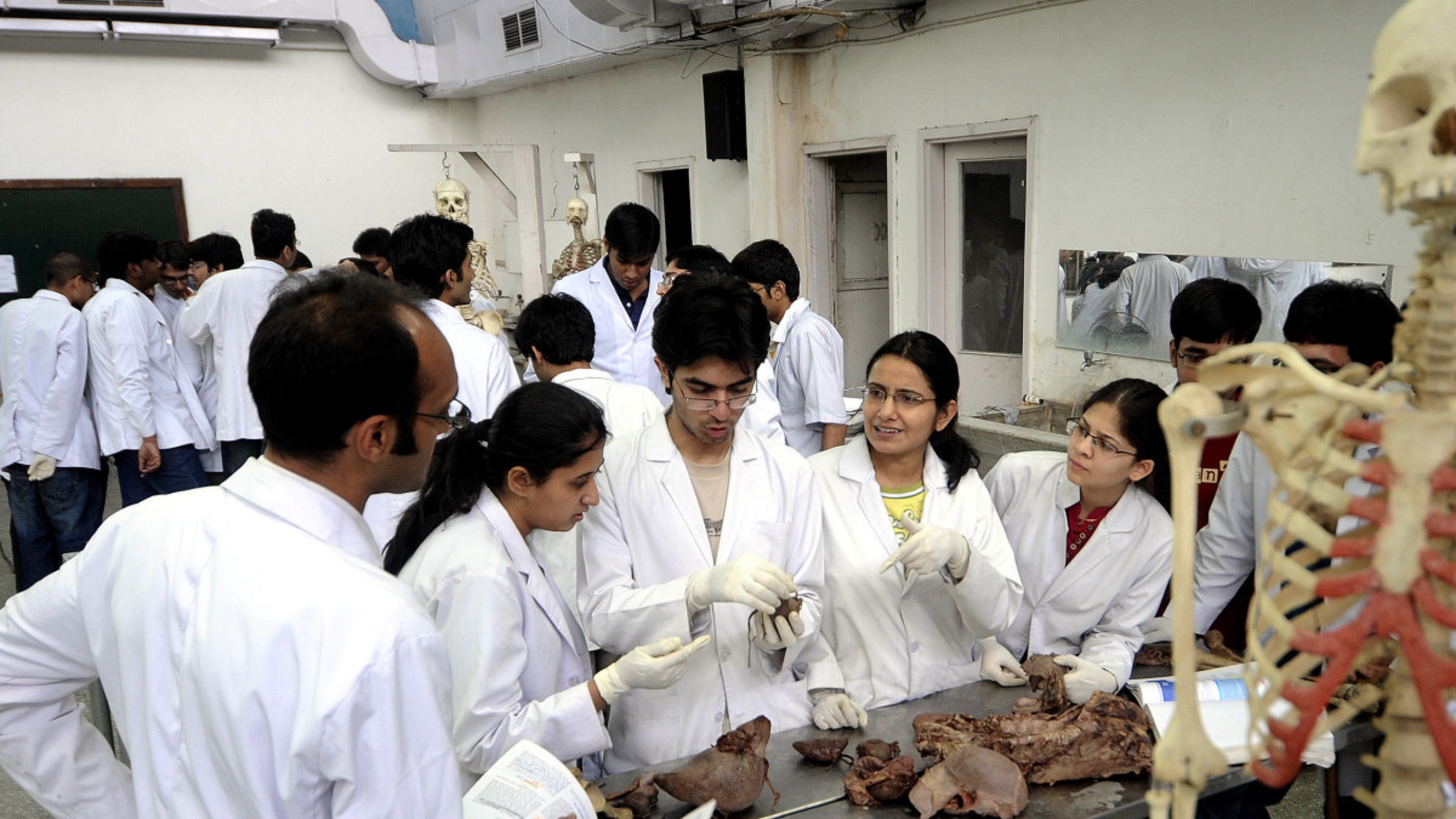- Not for nothing, the medical professionals are considered next to gods. If there is anyone capable of saving or giving life an extension, it is none other than medical professionals, in particular the doctors. No wonder society holds these doctors in such an exalted position with reverence writ all over. Of course, the doctor’s fraternity works under tremendous pressure to not only ensure the patient coming to them with serious illness is completely cured but also goes back to lead a healthy life subsequently. However, when emotions run high and rational thinking gets diluted, several incidents of families indulging in thrashing the treating doctors whenever a patient fails to emerge from a serious condition emerge as an unwanted outcome. This is disconcerting.

PC: Narender Bisht
- Of course, in a developing but aspirational country like India, the doctor-to-population ratio is always undercooked. Despite efforts by the authorities concerned to ensure the ratio moves up to acceptable levels, the shortage of qualified doctors is glaring. Mind you, standardized entrance tests are meant to ensure a minimum level of quality in intake to make good the shortfall in numbers. India’s medical education has inverted that understanding. Recently, the bar set by NEET for postgraduate medical admissions hit rock bottom. It will be zero percentile this year, which means that everyone who appeared for postgraduate NEET is eligible regardless of the score. Worryingly, it includes candidates who got a zero or even a negative score.
- It’s not the first time standards have been lowered to this level. In 2022, the minimum was set at zero-percentile for super-specialty courses. This move is inconsistent with the underlying aim of another measure initiated by the medical education regulator NMC in June. NMC notified regulations for a national exit test (NExT) for MBBS students. It will simultaneously serve as a licentiate exam to practice as a doctor and a qualifying exam for postgraduate courses. The regulations show that 50% is the threshold to pass NExT. Now, juxtaposing the zero-percentile decision with NExT’s regulations and the scale of dilution in standards is clear. The zero-percentile cut-off has been set for students who are already qualified to practice medicine.

PC: Barsha
- Medical education in India today has a standardized test at both the entrance and exit stages of undergraduate medical courses. It’s a reflection of the sharp variation in the quality of both schooling and medical education which is where the answer to the zero-percentile puzzle lies. Reports suggest that more than 8,000 postgraduate seats in both government and private colleges are vacant. If the bar had to be lowered to fill these seats, it’s colleges who call the shots. Yes, they have a conflict of interest which is why NMC has been forced to announce NExT. Dilution of standards to help colleges severely undermines the push for quality. Quality is inevitable and should not be compromised at all. In conclusion, the zero-percentile cut-off should be revisited.






